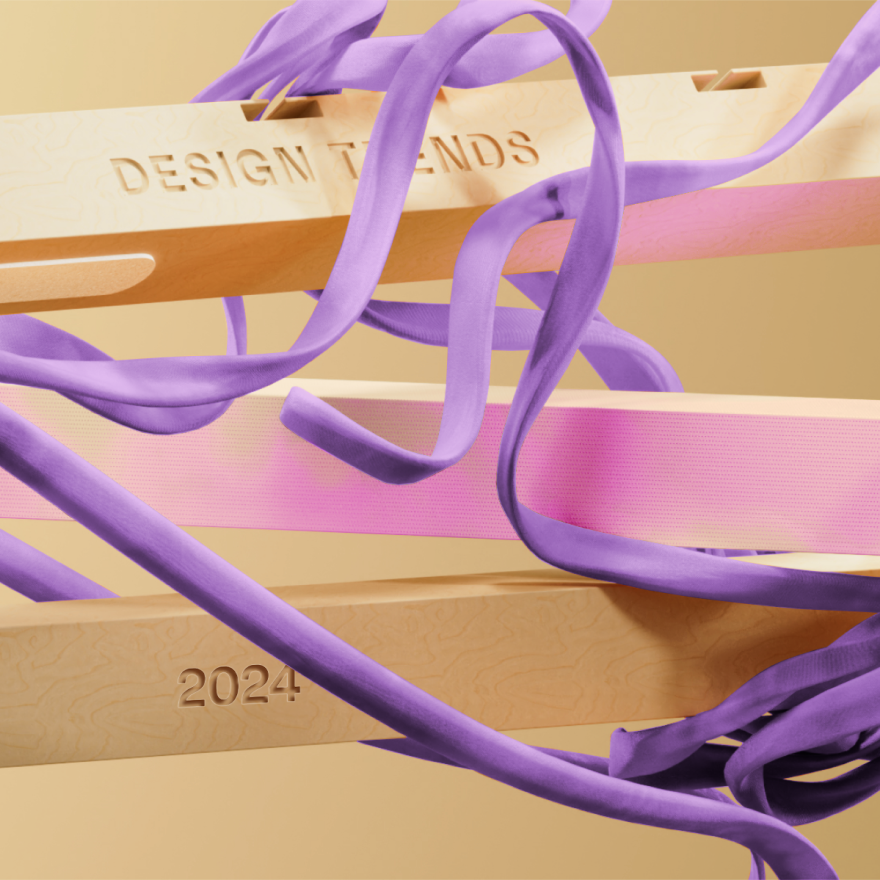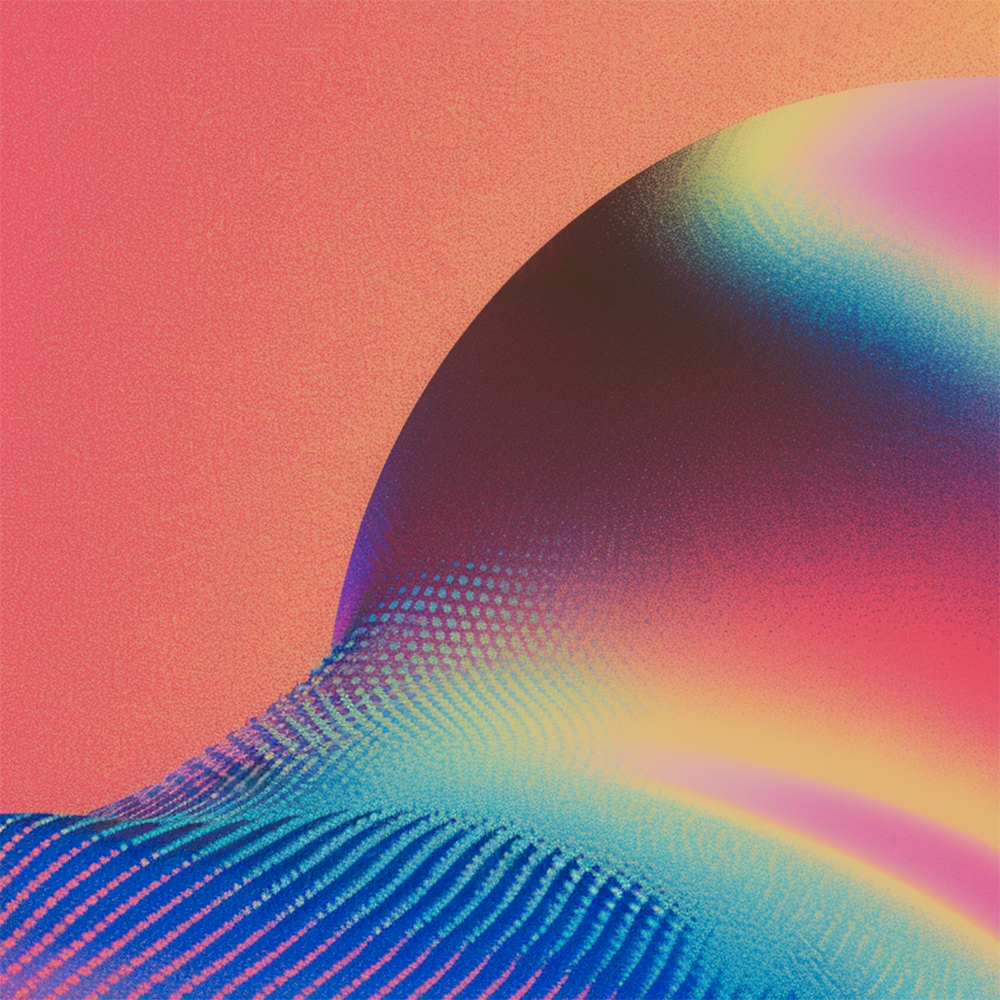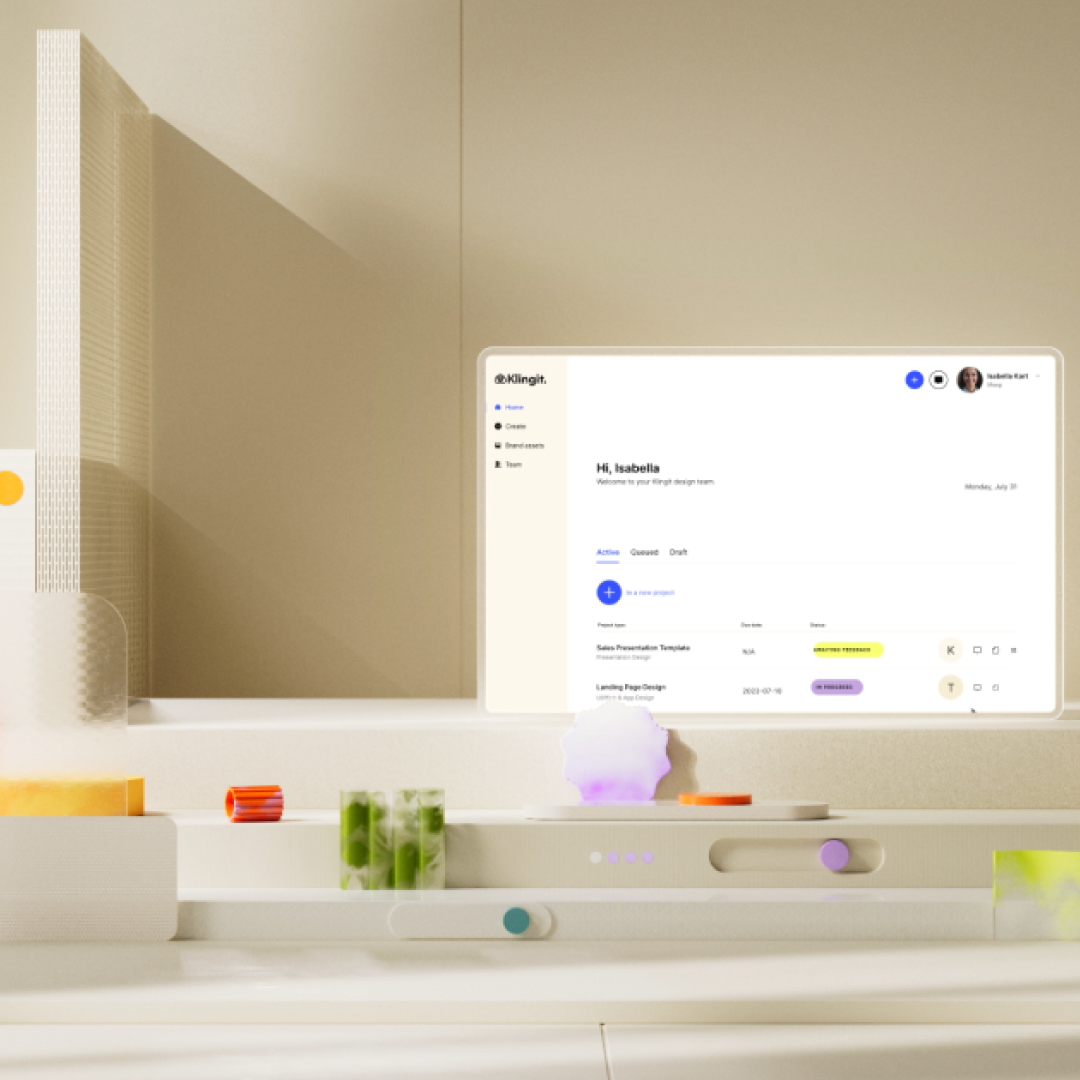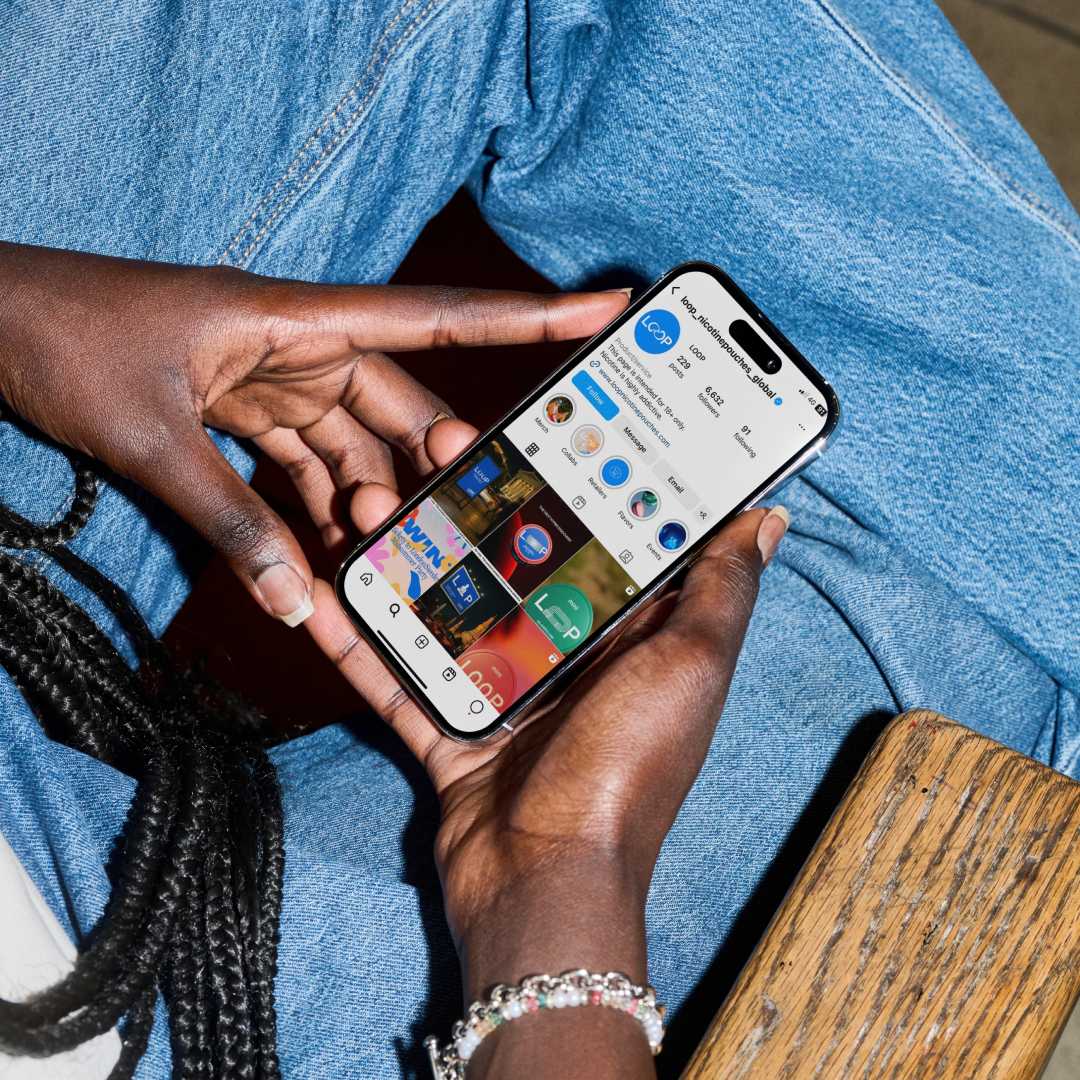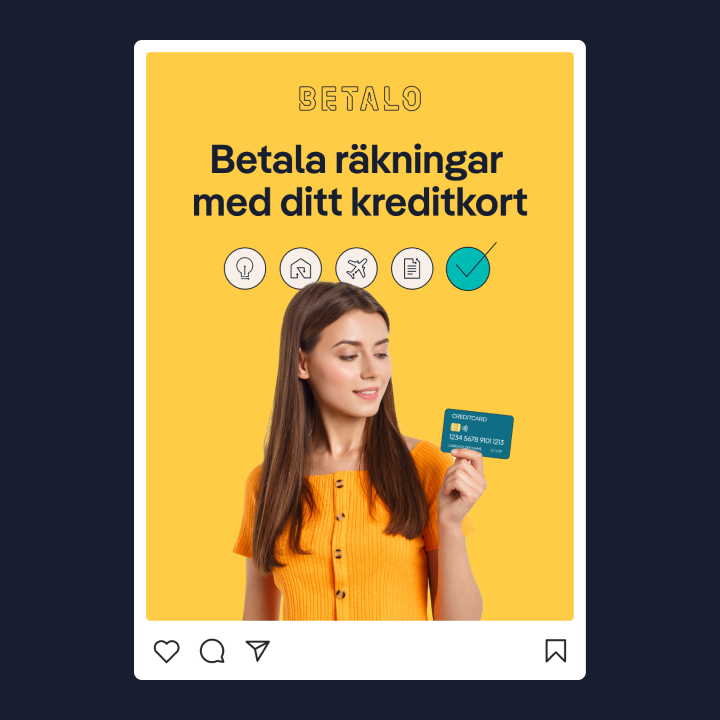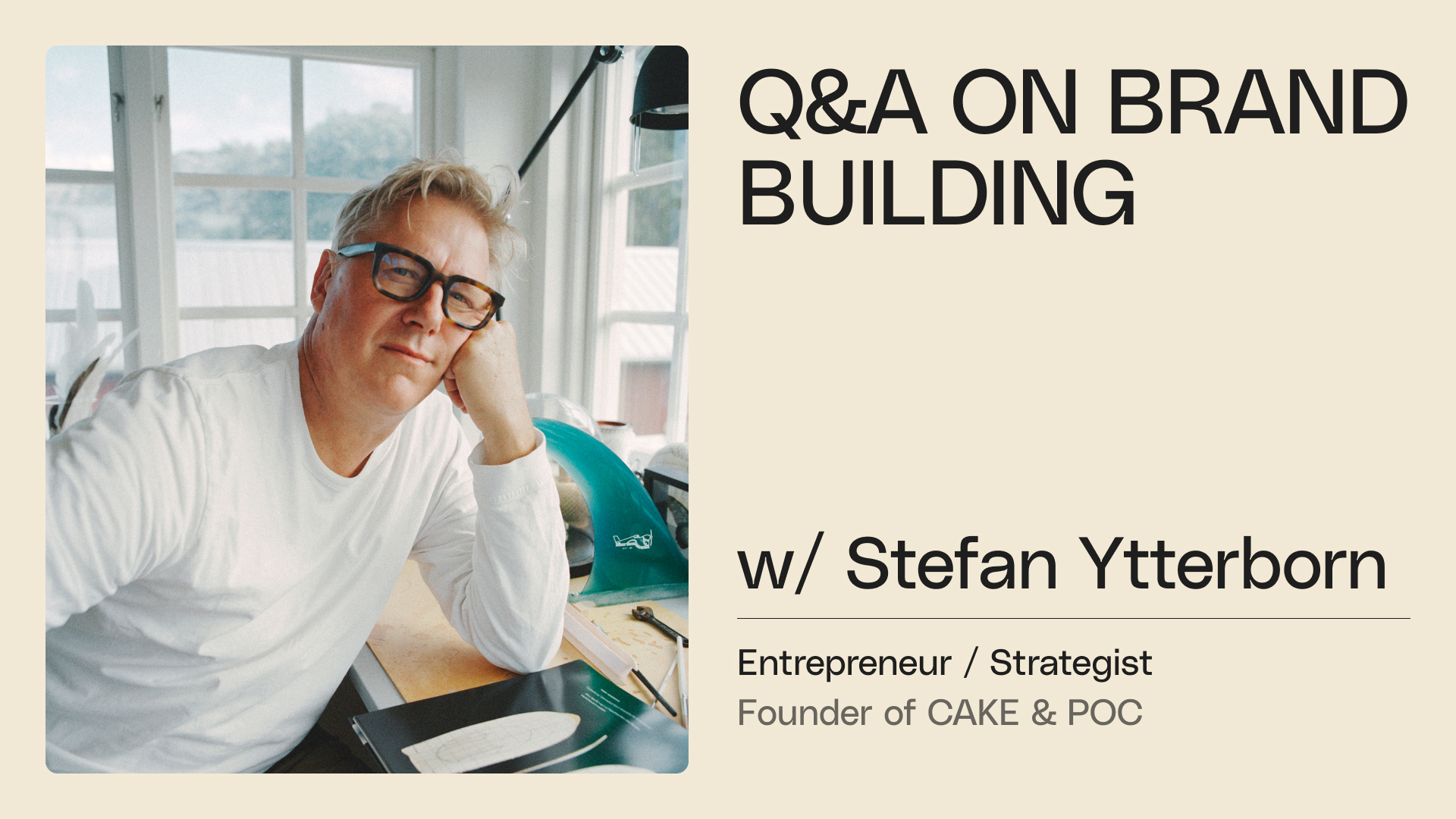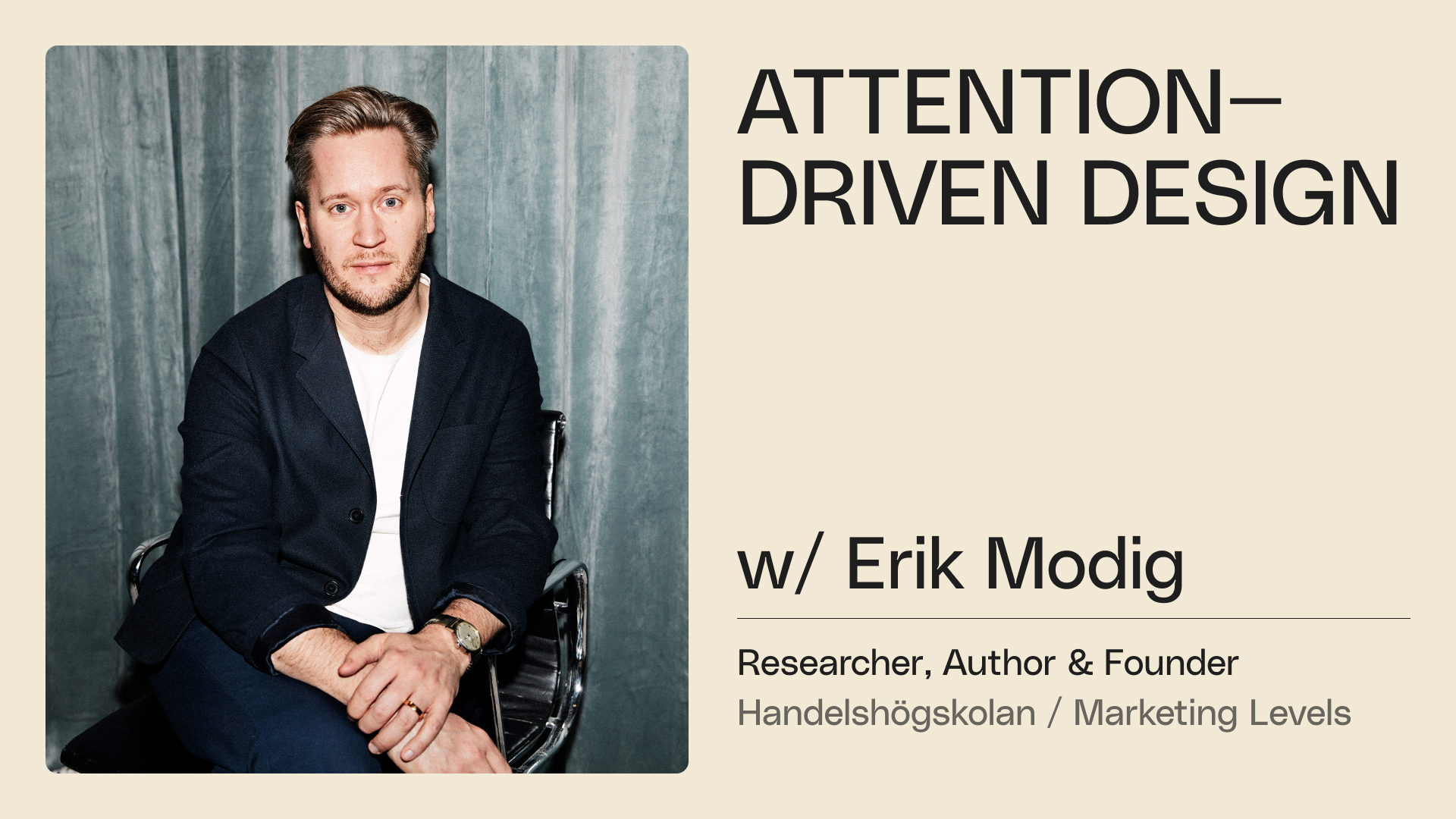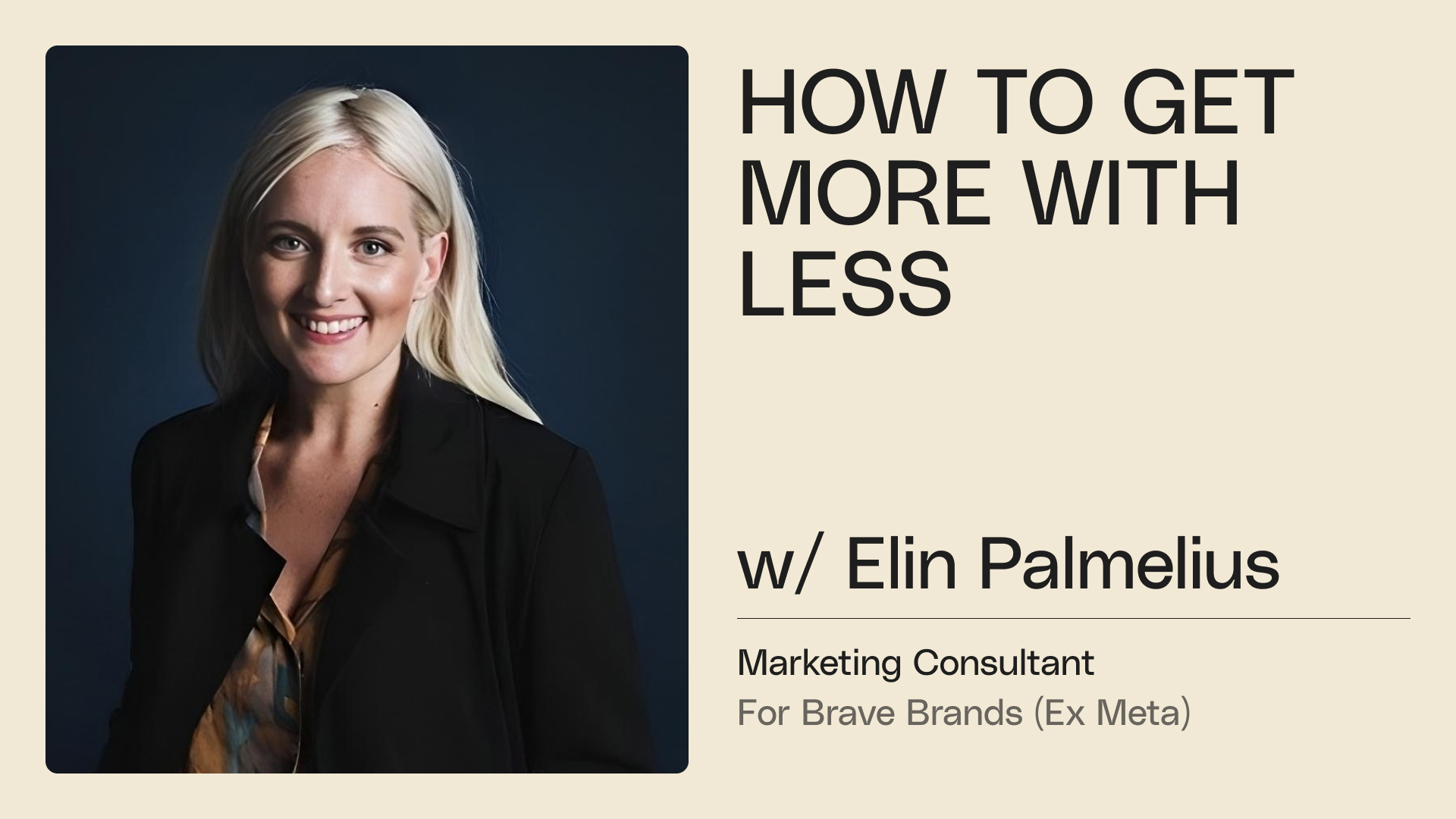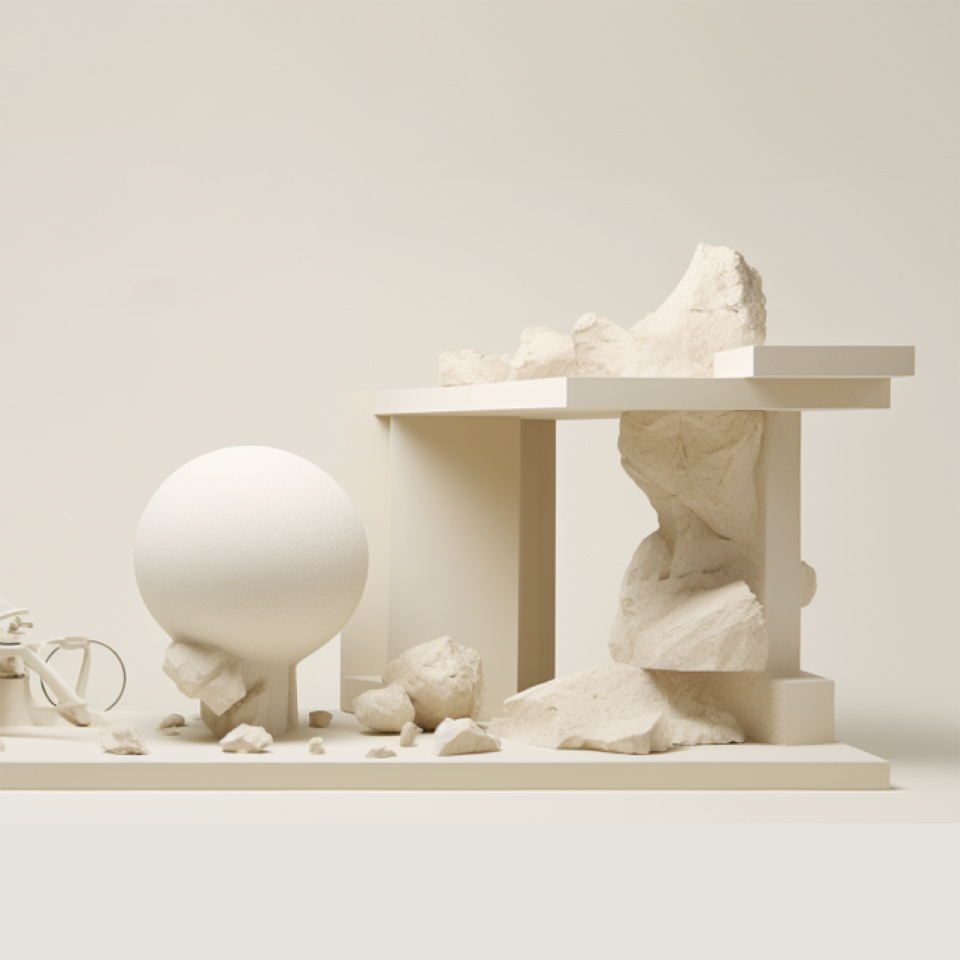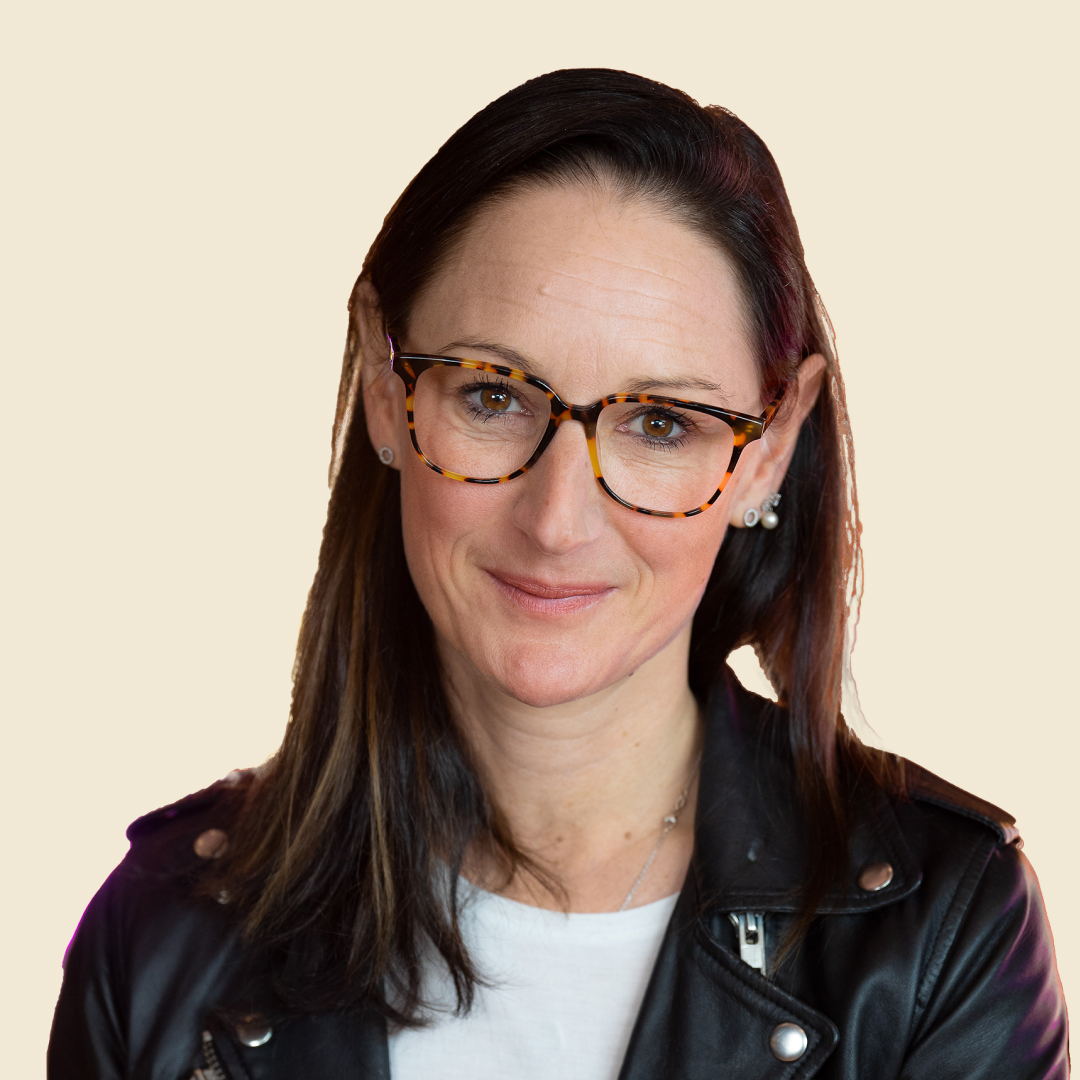Training a gen AI model is like learning how to ride a bike – it needs practice. The base model serves as the raw canvas, an extensive library of visual elements with the potential to create an array of images based on textual prompts. Then Klingit utilizes various techniques to fine-tune the AI based on the client’s specific media, so it’s not a one-size-fits-all scenario.
How exactly are you training the model?
– We employ various methods to train our models. One approach is by using LoRA (Low Rank Adaptation), which acts as a fine-tuning layer that goes on top of the base model. The base model consists of an extensive database with countless images, offering a wide spectrum of styles. What LoRA does is refine the output by providing specific guidelines and constraints. However, we also use other tools and combinations. For some clients, LoRA alone is enough, while others might require a combination of methods.
Joey continues to explain that in the world of AI training, Klingit employs a versatile mix of methods to shape its AI model, recognizing that sometimes LoRA alone may not suffice. They augment their toolkit with various other checkpoints, allowing for comprehensive control over factors like color palettes and adherence to traditional image construction rules. The ultimate goal of training the Klingit AI Bee is for it to embrace a brand’s individual identity and visual style to thereby ensure a tailored solution for each unique client.
“Save time and resources while maintaining their brand’s identity.”
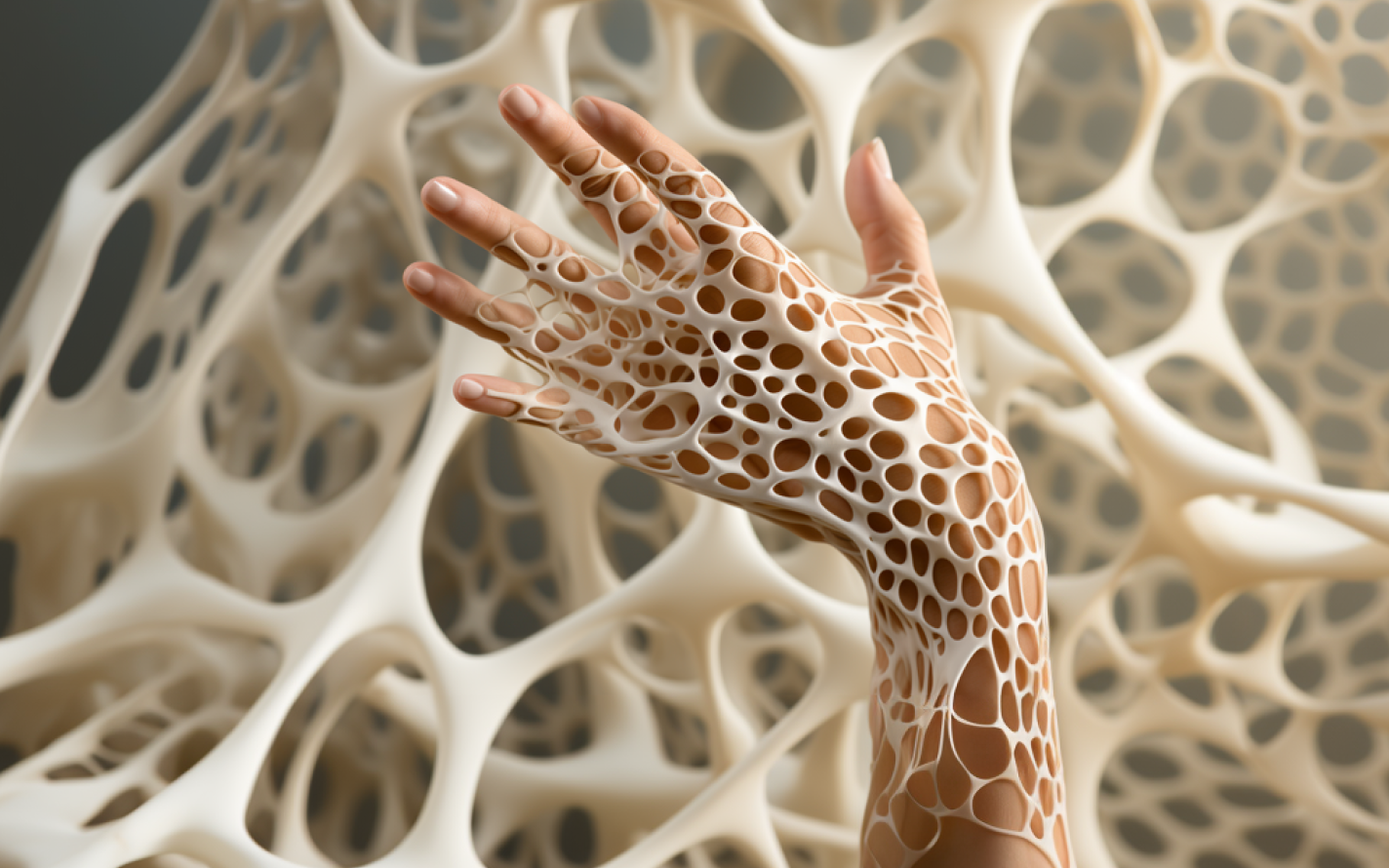
How does it work and do you need a lot of assets?
– We don’t always require extensive brand assets where our base model has a huge database of images. By providing a rule set based on a few images, we guide the model to achieve the desired look and feel and it draws from an extensive database of images to create high-quality results.
Creating top-notch content with just a handful of brand assets might sound like pulling a rabbit out of a hat. But here’s the trick: our gen AI is like a skilled magician. The base model serves as a toolbox, housing an extensive collection of images, providing a versatile and resourceful starting point. However, the approach isn’t driven by asset volume, but the art of harnessing their potential. When using tradition creation methods, the rules and brand identity are the driving force as well as putting Klingits design knowledge into a digital realm.
“We offer a tool that ensures all generated images maintain brand’s color, style, and overall branding”
The key is in how these assets are used. Instead of overwhelming the AI with an excessive volume of assets, we select a focused set of brand assets that serve as the AI’s creative compass. The base model functions as the painter’s palette, providing the broad strokes, while the curated assets ensure precision, making it a mirror reflection of the brand’s visual identity.
What possibilities do you see for the future in this field?
– It’s hard to predict, but an ideal scenario would be a world where AI can seamlessly adapt to a brand’s identity just by analyzing its website and existing images. Imagine telling the AI, “This is our website and our brand; create visuals that perfectly match this style.” I imagine we want that and that’s probably what people are working towards.

Joey’s vision of the future is exciting stuff. He visualizes a world where AI becomes an intrinsic part of a brand’s creative process, the perfect sidekick. It’s a future where AI doesn’t merely assist; it comprehends. It’s about making the creative process intuitive, instinctive, and profoundly human. It’s a realm where the AI is an artist in its right, painting alongside human creators.
What about the future of collaboration between humans and AI in creative roles?
– Maybe, instead of turning to a designer or photographer to create images from scratch, clients might say, “I want your style in my AI tool.” This approach allows creatives to produce specific styles or presets for AI tools. So it can reframe how creatives work, but in the end it’s still the same concept.
In the creative field, the future of collaboration between humans and AI is full of exciting possibilities. Joey envisions a paradigm shift where creatives no longer begin projects from the ground up. Instead, they define their unique style, their creative DNA. This is where the magic happens.
It’s a future where creativity isn’t burdened by repetitive tasks. Creatives can channel their energies into innovation, not replication.
“They’re in charge of creating an image, it just happens that they’re not the one pressing the button.”
Joey’s insights shine a light on the transformative potential of AI in design and branding, illustrating how Klingit’s approach not only ensures brand consistency but also streamlines the creative process. Their innovative AI training techniques allow for a nuanced capture of a brand’s unique identity, with Joey emphasizing the flexibility of their methods, LoRA being just one tool in their arsenal. The future holds great promise as AI continues to evolve, seamlessly understanding and adapting to a brand’s identity, reshaping the relationship between creativity and technology.
